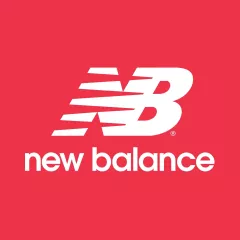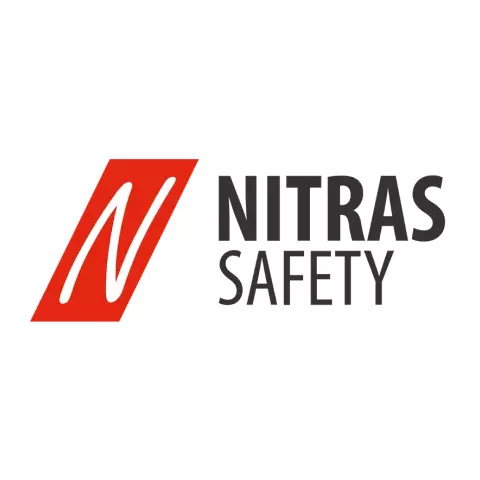
7 Easy Steps to Improve Supplier Communication
Introduction: In today’s fast-paced manufacturing landscape, effective communication with suppliers is crucial for maintaining operational efficiency and meeting customer demands....

Get 20€ off on your first order!































In today’s highly competitive business environment, cost reduction is a top priority for procurement professionals. However, achieving this goal without sacrificing the quality of supplier relationships can be challenging. Supplier Relationship Management (SRM) offers a strategic approach to managing and collaborating with suppliers to extract more value while reducing costs. This article explores nine practical ideas to reduce costs through SRM, emphasizing the importance of balancing strong supplier relationships with effective cost-cutting strategies.
Supplier relationship management is the field that studies how to plan and handle all contacts with outside companies that provide goods and/or services to a business so that those interactions are as valuable as possible.
In real life, SRM means getting closer to and working together more with key providers to find and use new value and lower the risk of failure.
Alignment between buying and the business units is very important.
They need to be able to explain why providers who might not be the cheapest choice because of things like customer service, on-time supplies, payment terms, reporting, etc. are actually the best value for the business as a whole.
Category leaders need to be able to explain how the company will be affected by new suppliers vs. current suppliers. Too many times, it looks like the grass is better on the other side. When a low-cost new provider is chosen, practical differences can get lost, and the change ends up being a disaster.
To put it simply, it gives you an edge over your competitors. Whether you are in charge of purchasing or the supply chain for your company, a good supplier management system will help you get the most out of cost-cutting possibilities, services that deliver value, and general systemic efficiencies that you wouldn’t be able to get otherwise.
A key part of any business’s success is being able to keep good working ties with their suppliers and partners.
People who manage relationships with suppliers should never get too comfortable. You should never follow the saying “if it ain’t broke, don’t fix it.” Instead, you should always be looking for ways to improve the relationship, make things easier, or change how things are priced. Relationship managers for suppliers should always be looking for ways to change things.
To have good ties with your suppliers, you should also be able to talk to them and not be afraid to ask, “What can we be doing better?”
Are you a customer of some important suppliers? Here are some quick ideas to help you build a better relationship with them and make them want to fight for your business.
Let’s look at the supply chain and transportation area and see how some of these ideas can be used there.
Logistics costs are often a big part of how much a company tries to cut costs. A big chunk of accounts due can come from logistics costs, whether they are direct or secondary.
You can save money on shipping by going with the cheapest option, but it might cause more problems than it’s worth.
A carrier has something valuable to offer, and it’s very important for them to find the best customer to work with so they can use that valuable thing.
The world transportation network can only hold so many packages at a time. Why would a carrier want to move your things instead of someone else’s?
Before negotiating prices, a seller should try to make their goods something that carriers want to have in their network. Because they care about you as a partner, they will fight for your business.
Once the right steps have been taken and a strong base has been created, the relationship between a procurement and supply chain company and its providers can finally talk about lowering costs.
After getting through the Supplier Relationship Management process, you are now ready to talk about costs.
One of the most important things to do before these talks is to be ready to talk about these kinds of ways to save money.
If your main goal is to get the unit price as low as possible, your seller probably won’t be too open to that.
As you work together, listen, and find common ground, you can create a relationship that benefits everyone.
In conclusion, Supplier Relationship Management is a powerful tool that not only helps organizations reduce costs but also fosters long-term, mutually beneficial relationships with suppliers. By focusing on collaboration, transparency, and strategic negotiation, companies can unlock significant savings while maintaining high standards of service and quality. Implementing these nine ideas will position businesses to navigate the complexities of modern procurement, ensuring both cost efficiency and supplier loyalty in the long run.
Thank you! You've signed up for our newsletter.











Introduction: In today’s fast-paced manufacturing landscape, effective communication with suppliers is crucial for maintaining operational efficiency and meeting customer demands....

Introduction In today’s competitive industry, B2B wholesalers must choose the correct source. B2B may be lucrative, but finding a bulk...

Introduction Businesses in the complicated global supply chains of today depend on suppliers meeting standards absolutely. Supplier compliance (SC) is...

Introduction: In today’s fast-paced manufacturing landscape, effective communication with suppliers is crucial for maintaining operational efficiency and meeting customer demands....

Introduction In today’s competitive industry, B2B wholesalers must choose the correct source. B2B may be lucrative, but finding a bulk...

Introduction Businesses in the complicated global supply chains of today depend on suppliers meeting standards absolutely. Supplier compliance (SC) is...
Get 20€ off on your first order!
Save 30% by buying directly from brands, and get an extra 10€ off orders over €100
Save 30% by buying directly form brands, and get an extra 10€ off orders over €100